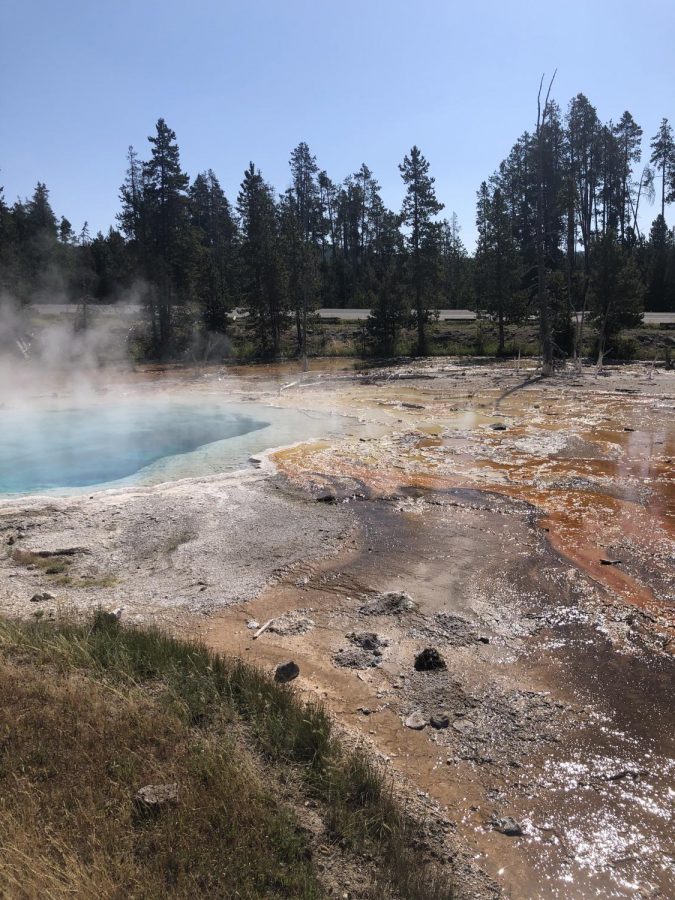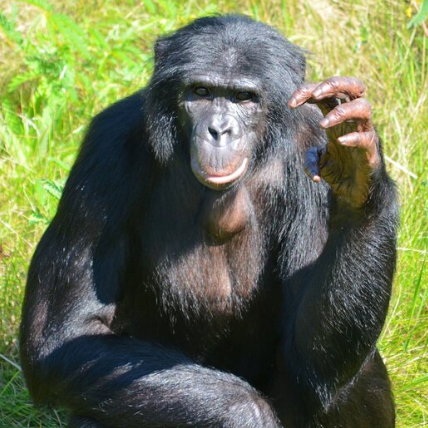Preservation Becomes Important Issue in 2020
On a cross country trip to the first National Park (Yellowstone), one will cover hundreds of miles, and see many changing things along the way. Through thousands of pictures and more gallons of gas than anyone can count, travelers will create memories that could change the way preservation is perceived and valued. We need to consider: will the beauty of nature be there for generations to come, though?
In a year that seems to only get more historically important as it goes on, the preservation of National Parks is only more vital. As National Parks around the United States face massive budget cuts and wildfires, it seems as if it’s a better time than ever to prioritize the preservation of the nation’s wildlife.The whole reason why these parks came to be is dated back to 1906, when president Roosevelt signed the Antiquities Act. The Act was put into place to protect Native American ruins and artifacts, as well as natural areas of interest. Emma Shaw, a senior who plans to go into the STEM field, advocates for wildlife preservation.
“I believe that some people may perceive preservation as not being as important because we have no national parks in Iowa, but our state parks are just as vital and important as any park,” said Shaw. Iowa’s State Parks allow for Iowa residents and visitors to connect with protected wildlife. With no National Park in Iowa, it’s important to support the State Parks as well. The closest to Southeast Polk, Yellow Banks, sits on the Des Moines river. People can enjoy fishing, swimming, and hiking there, and visitation is key to keeping the park protected.
“I think that the tourism industry in National Parks can benefit the parks due to the exposure that they give to the tourists. Tourists usually visit because they enjoy the scenic views parks have to offer, which may help others realize how important they are to communities and wildlife,” said Shaw.
According to NPS.org, “In 2019, the National Park Service received over 327.5 million recreation visits; up 9 million visits (2.9%) from 2018.” With the recent wildfires in the west, it’s a more vital time for financial help to the areas affected and its residents
According to NPCA.org, “The administration’s budget calls for a total cut of $587 million (17 percent) to the National Park Service. The budget also proposes a $2.4 billion (26 percent) cut to the EPA, the agency responsible for implementing and enforcing laws like the Clean Water Act and Clean Air Act so we can drink clean water and enjoy scenic national park vistas unmarred by air pollution.” With tensions rising due to the upcoming presidential election, cuts such as these can do much more to affect the acts and services in question. The main points for discussion as always, is will the parks be able to keep up with rising visitors and ever changing climates? It seems as if only time and commitment to the parks will tell.
“I’m always amazed at what I see when visiting national parks. At the Redwood National Forest, it is amazing to see how tall and wide the trees can get. There were multiple times in the forest that paths were carved straight through the trees” said Shaw.
National Parks have led the way to new careers, experiences and passions for those around the world. If interested, the Park Service offers internships all the way to jobs for seniors, and allows for those most interested in preserving the parks to help in any way they can.




